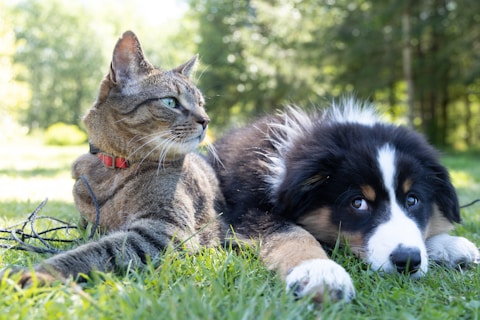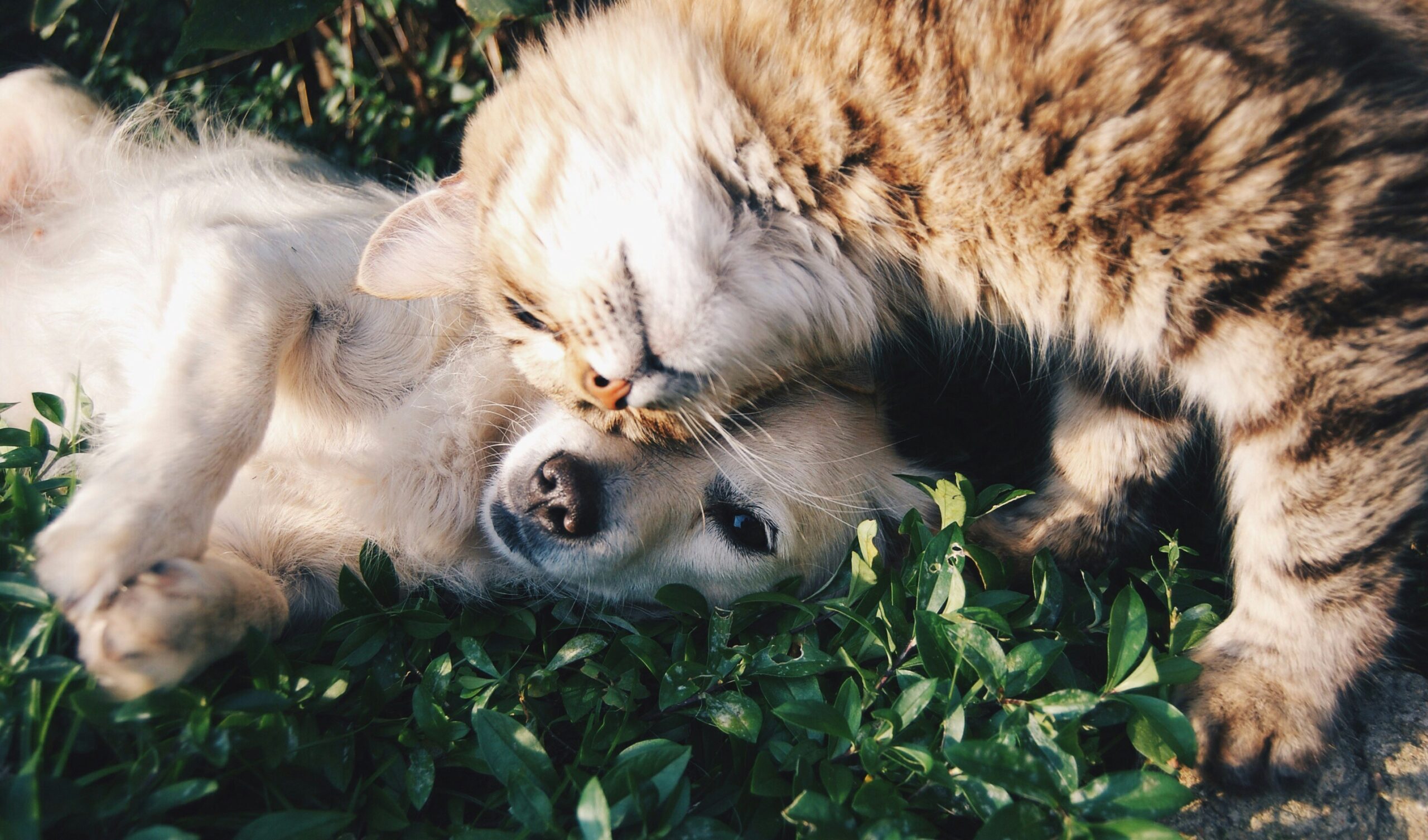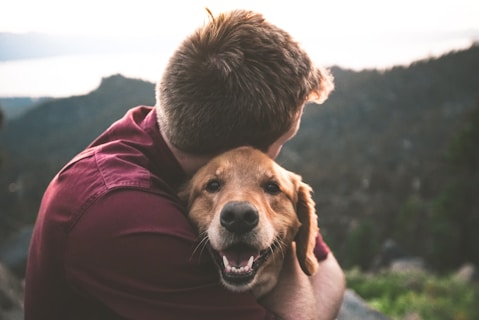Grooming your dog isn’t just about looking good—it’s essential for their health and comfort. Regular grooming helps prevent skin issues, infections, matting, and discomfort. Whether you have a fluffy Pomeranian, a sleek indie, or a long-eared Cocker Spaniel, grooming should be a routine part of your care schedule.
Why Grooming Is Important
Dogs naturally get dirty, shed fur, and accumulate oil and debris on their skin. Without grooming, these issues can build up and lead to:
- Skin irritations or infections
- Ear problems
- Painful mats and tangles
- Overgrown nails causing joint strain
- Foul odors and general discomfort
Grooming also provides a chance to check for ticks, lumps, or any unusual signs that might need veterinary attention.
Basic Grooming Tasks and How Often to Do Them
1. Brushing
- Short-haired dogs: Once or twice a week
- Long-haired or double-coated dogs: Daily brushing to prevent tangles and mats
- Use the right brush (slicker, bristle, or deshedding tool) based on your dog’s coat type
2. Bathing
- Once every 4–6 weeks, or when dirty
- Use mild dog-specific shampoo—avoid human shampoo, which can irritate their skin
- Rinse thoroughly to avoid residue that causes itching
3. Nail Trimming
- Every 2–4 weeks
- Overgrown nails can lead to posture issues and pain
- If you’re unsure, have a vet or groomer demonstrate the correct way
4. Ear Cleaning
- Check weekly, clean every 2–3 weeks or as needed
- Use a vet-recommended ear cleaner
- Avoid inserting anything deep into the ear canal—just clean the visible area
5. Teeth Brushing
- Ideally daily, at least 2–3 times a week
- Use dog-safe toothpaste and a soft brush
- Dental chews can help but should not replace brushing
6. Eye Cleaning
- Gently wipe away tear stains or discharge using a clean, damp cloth
- Use vet-approved wipes if needed
Grooming Tools You’ll Need
- Slicker brush or comb (for long hair)
- Bristle brush (for short coats)
- Dog-safe shampoo and conditioner
- Nail clippers or grinder
- Ear cleaning solution
- Toothbrush and dog toothpaste
- Towels and blow dryer (optional, especially for thick-coated breeds)
- Cotton balls or pads (for ears and eyes)
Grooming Tips for a Stress-Free Experience
- Start early: Introduce grooming habits to puppies or new dogs slowly and gently
- Use treats and praise: Reward calm behavior to build positive associations
- Stay calm and patient: Dogs sense your energy—if you’re relaxed, they will be too
- Break it into parts: If your dog is restless, spread grooming tasks over a few days
- Go slow with sensitive areas: Be extra gentle around paws, ears, and tail




